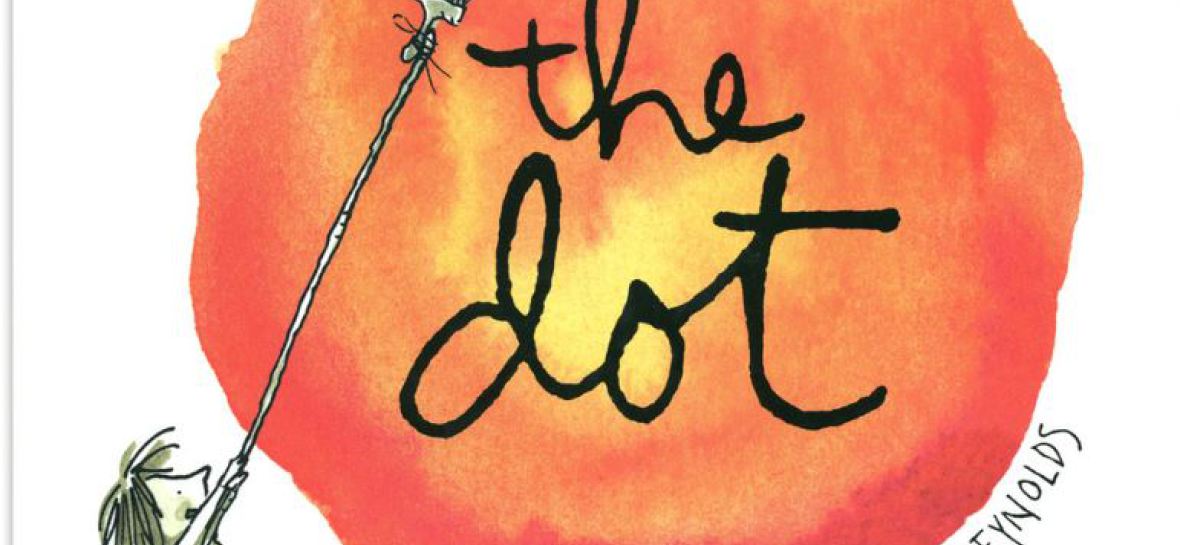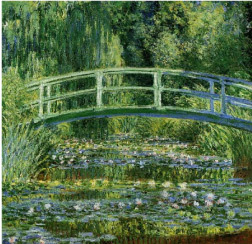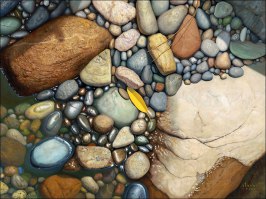

Monet's Garden
Watch the light dance on the water, look at how organic shapes move into each other as lilly pads float on the pond and under the Japanese Bridge. Who was Claude Monet and how did he create such beauty?
Great Read Aloud
Creating an Impression of a Lilly Pond on a Violin
Watch above Video of Claude Monet's art
Students compare and contrast how Monet's art is different from the actual lilly pond.
Teach Vocabulary Impressionism and Realism
Monet wanted to capture the magic of the light dancing on the water and the reflections of sky in the pond. He wanted to paint his impression of the lilly pond, not a realistic image. Not very many people liked his work. They said it was as if a monkey had gotten hold of a paint brush and paints and splattered blobs of paint onto a canvas. What do you think?
take a close up look at his work from the National Gallery of Art and maybe you too will see "Blobs of paint." But zoom out and see how those blobs make a a beautiful lilly pond!
To Create the Art:
Students use templates of violins to trace onto large white paper.
With "Water Music," by Handel playing, have students use oil pastels and begin with coloring ovals for lilly pads. Add the lillies, frogs, tadpoles, dragon flies and what ever else they'd like in their pond. Then using as many tints and shades of blue as they can, fill in their violin. Up close it should look like blobs but farther away it should look like a lilly pond.
Artful Teaching
Mrs. Schellenberg & Young Artists
Ralph Waldo Emerson's Poem: Success- to leave the world a bit better, whether by a healthy child, a garden patch or a redeemed social condition; To know even one life breathed easier because of you.
Thank you AT&T
We used the wiring for our artful galimotos






